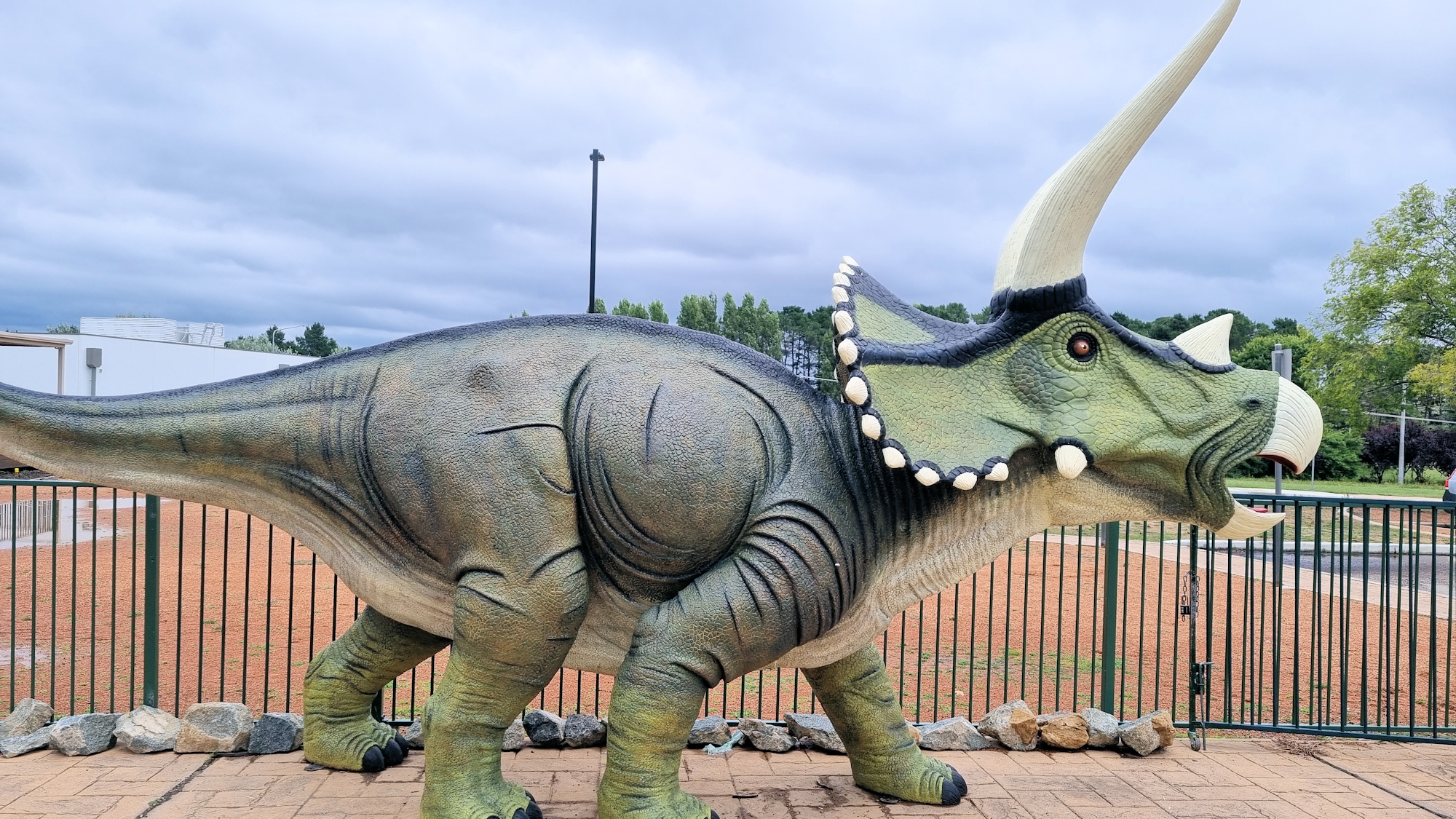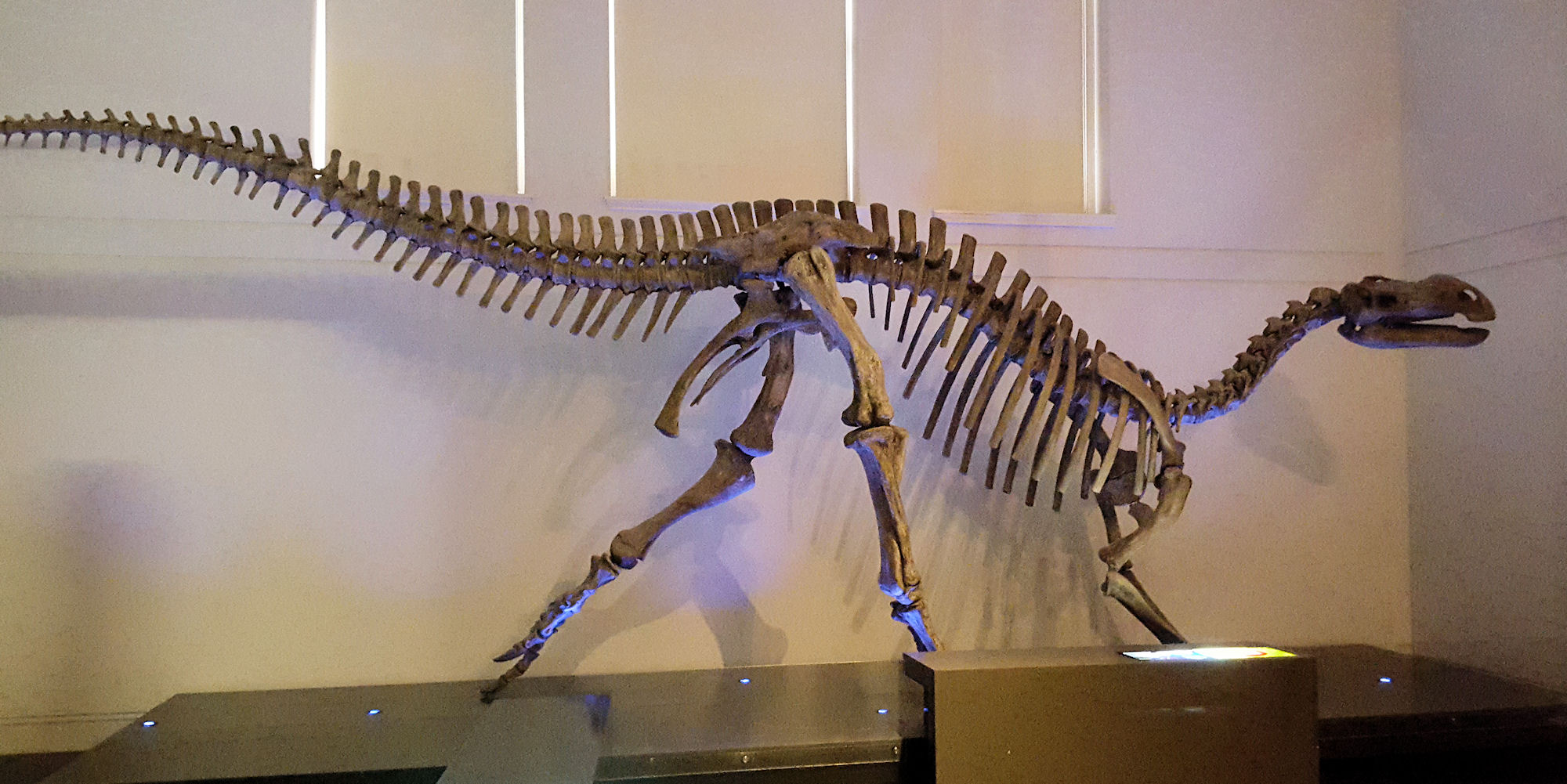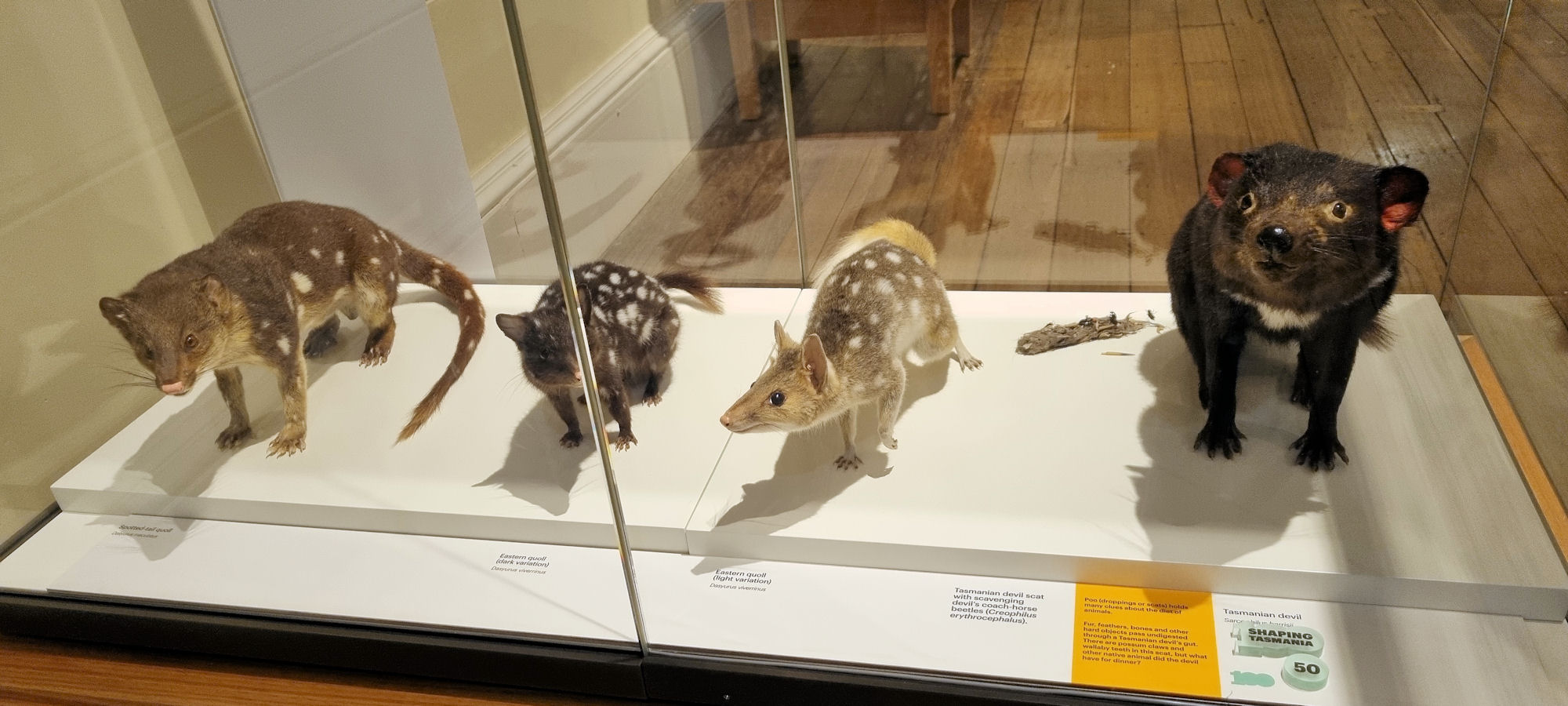Category: Natural History Museum
-
National Dinosaur Museum

National Dinosaur Museum One of the Australian Capital Territories’ main tourist attractions, the National Dinosaur Museum explains evolution through the use of fossils and interactive displays. Animatronics and recreated landscapes bring the displays to life, adding a lot of fun to the museum. Outside the museum, a dinosaur-themed playground keeps the kids entertained, a life… Read more
-
Australian Museum Sydney

Australian Museum Located near Hyde Park in the centre of Sydney, the Australian Museum is a wonderful place to spend a few hours wandering around the amazing displays. Designed by colonial architect Mortimer Lewis, the current building opening in 1857, although the museum’s collection dates back to 1827. An extensive refurbishment in 2021 has resulted… Read more
